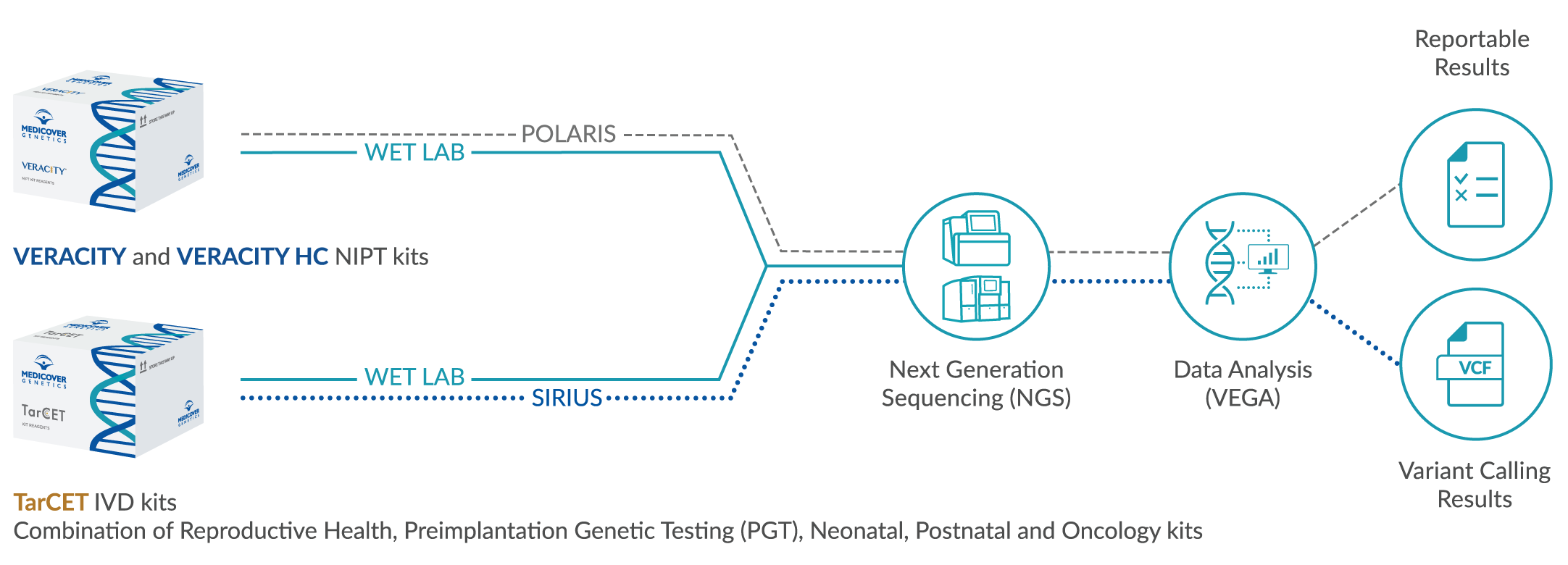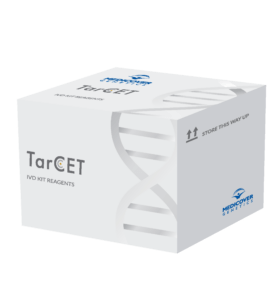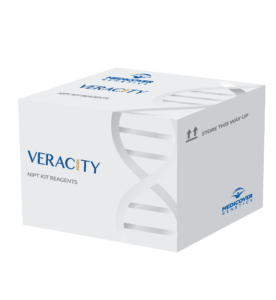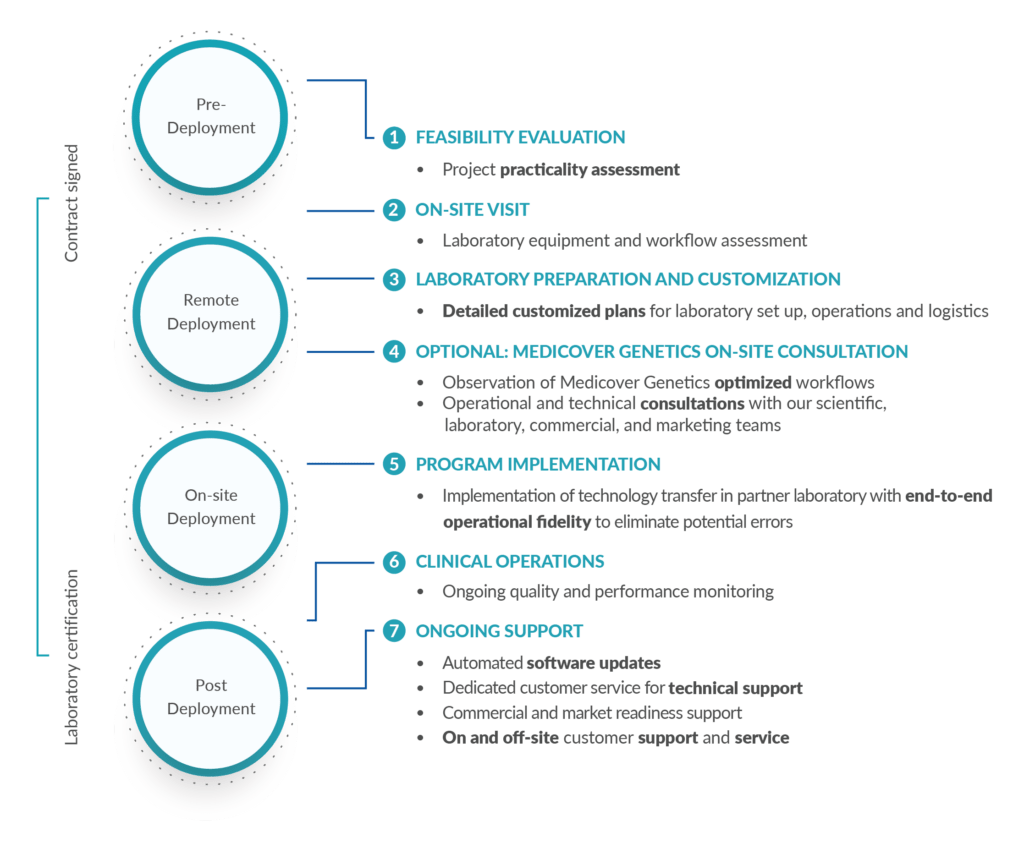A mass spectrometer can be used to qualitatively and quantitatively measure compounds that are present in the form of ions (charged molecules). The mass spectrum can be used to draw conclusions about both the structural formula and the abundance of analytes.
Process Overview
- Separation of analytes: Initially, analytes from the prepared sample are separated using liquid chromatography (LC).
- Ionization: Neutral analytes present in solution are converted into ions in the mass spectrometer’s ion source under atmospheric pressure, acquiring either a positive (cation) or negative (anion) charge. These ions are focused into a beam and transferred to a high-vacuum.
- Analysis: The ions are analyzed based on their mass-to-charge ratio using a quadrupole mass analyzer. By applying specific voltages to the four metal rods of the quadrupole, selected analyte ions can pass through on stable trajectories to the detector. Other, unstable ions are deflected, lose their charge, and do not reach the detector, efficiently separating the matrix.
Tandem Mass Spectrometry (MS/MS)
The coupling of two quadrupoles (tandem MS) allows highly selective analyte determination of the analyte content:
- First quadrupole: Selects specific analyte ions.
- Fragmentation: Selected ions are fragmented in a collision cell using an argon gas stream, producing characteristic fragments and cleavage products.
- Second quadrupole: Selects these fragments. The voltage settings ensure that only ions that produce precisely these fragments reach the detector.
- Detection: The detector converts ions into electrical signals that are proportional to the analyte concentrations.
Advantages of LC-MS/MS
The LC-mass spectrometry (MS)/MS method offers highly specific detection of analytes, increased sensitivity, and lower detection limits, as well as reduced sample preparation time and minimized interference.
Typically, quadrupoles or time-of-flight analyzers are used as mass analyzers. Quadrupole technology is particularly suited for analyzing small molecules (up to ~2000 g/mol), which are of high relevance in clinical chemistry.
This technique is used in therapeutic drug monitoring for the analysis of drugs, vitamins, steroids, and other endogenous metabolites.
WAYS TO PARTNER WITH US
TarCET IVD Kits
CE-IVD kits containing reagents
for hereditary indications in
an easy-to-use kit form
Technology Transfer
Out-of-the-box genetics workflow
from sequencing to reporting
for non-invasive prenatal testing
Contact Us
Please get in touch with us
for any questions, inquiries,
feedback, or with any
comments you might have.
BLOG ARTICLES





















